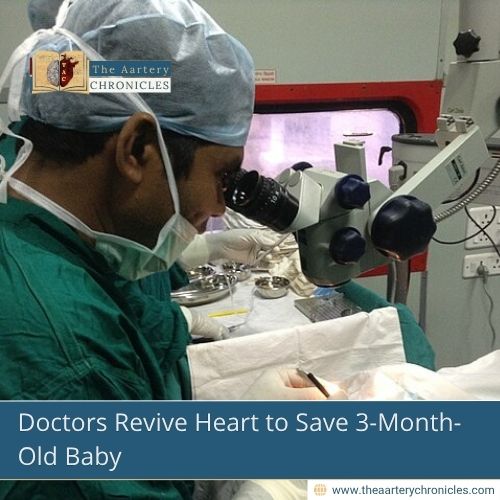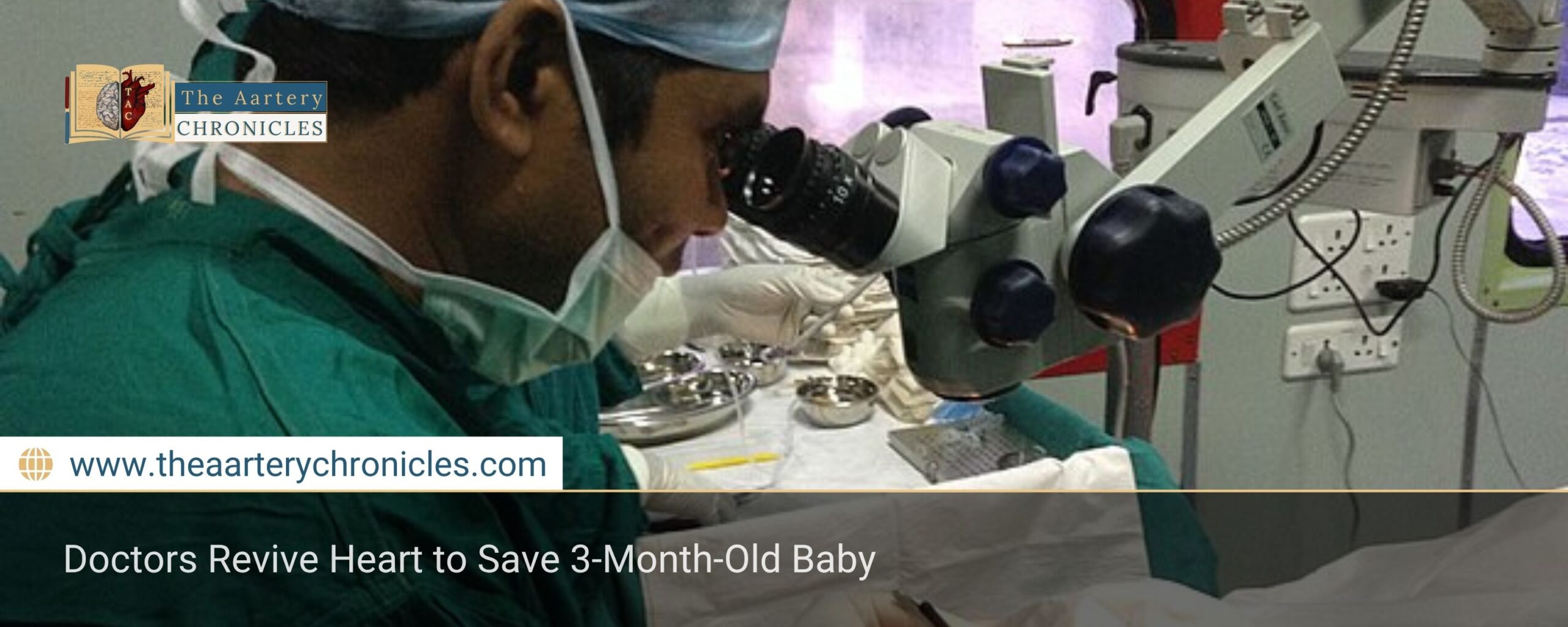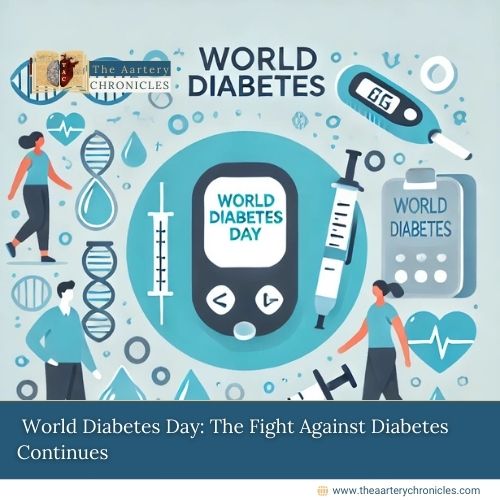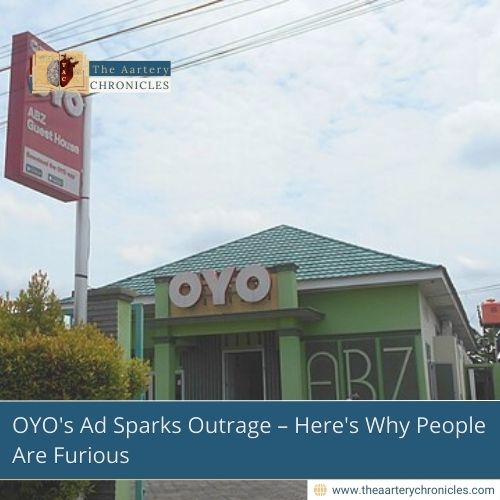

Doctors Revive Heart to Save 3-Month-Old Baby
Doctors at Duke University have successfully revived a heart that had stopped beating and used it to save a three-month-old baby’s life. This transplant marks a major milestone in heart surgery, offering new hope for families waiting for infant organ donations.
How It Works: "On-Table Reanimation"
The method used is called “on-table reanimation.” It involves taking a donor heart that has stopped after circulatory death (when the heart and blood circulation have ceased) and bringing it back to life using a special machine. This device mimics the conditions inside the human body, helping the heart start beating again outside the donor’s body before it is transplanted.
Dr. Aaron Williams, the lead researcher and heart surgeon involved in the procedure, explained that this technique is simpler and more affordable than current alternatives. Importantly, the baby who received the heart is now doing well, with normal heart function and no signs of rejection even six months after the surgery.
Why This Matters
This innovation could expand the number of hearts available for transplant by up to 30% a significant increase. Right now, many children, especially infants, die while waiting for a suitable donor organ. By making use of hearts from donors who have died from circulatory death (also known as DCD donors), this new technique could save many more lives.
Dr. Williams called it a “game changer” and believes it could be adopted worldwide because of its simplicity and cost-effectiveness.
Ethical Concerns and Alternative Approaches
However, not everyone is on board. Some experts have raised ethical concerns about reviving a heart after the donor has been declared dead, based on the heart stopping. This has led to important discussions in the medical community about the definition of death and the boundaries of organ donation.
In response, a team at Vanderbilt University is working on a different method that avoids restarting the heart. Instead, their technique preserves the heart in a way that doesn’t involve reanimation, aiming to sidestep these ethical debates while still making more hearts available for transplant.
Conclusion
This successful transplant is a huge step forward in improving survival chances for babies needing new hearts. If adopted more broadly, on-table heart reanimation could make donor hearts more accessible and transform transplant medicine around the world.
As more hospitals begin to explore this technique, families in desperate need may soon have a better chance at finding a life-saving match offering renewed hope where there was once little.
Source: Inputs from various media Sources

Priya Bairagi
Reviewed by Dr Aarti Nehra (MBBS, MMST)
I’m a pharmacist with a strong background in health sciences. I hold a BSc from Delhi University and a pharmacy degree from PDM University. I write articles and daily health news while interviewing doctors to bring you the latest insights. In my free time, you’ll find me at the gym or lost in a sci-fi novel.








